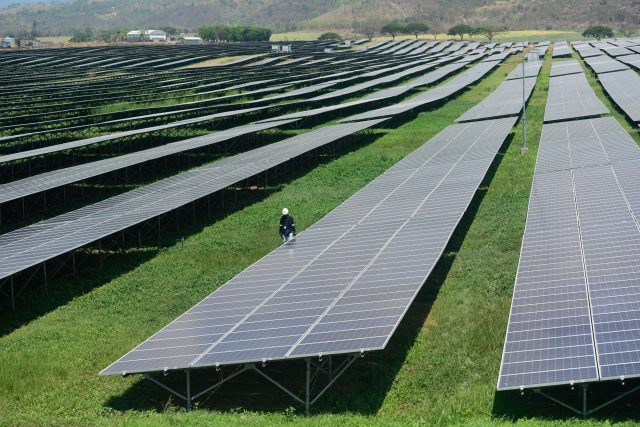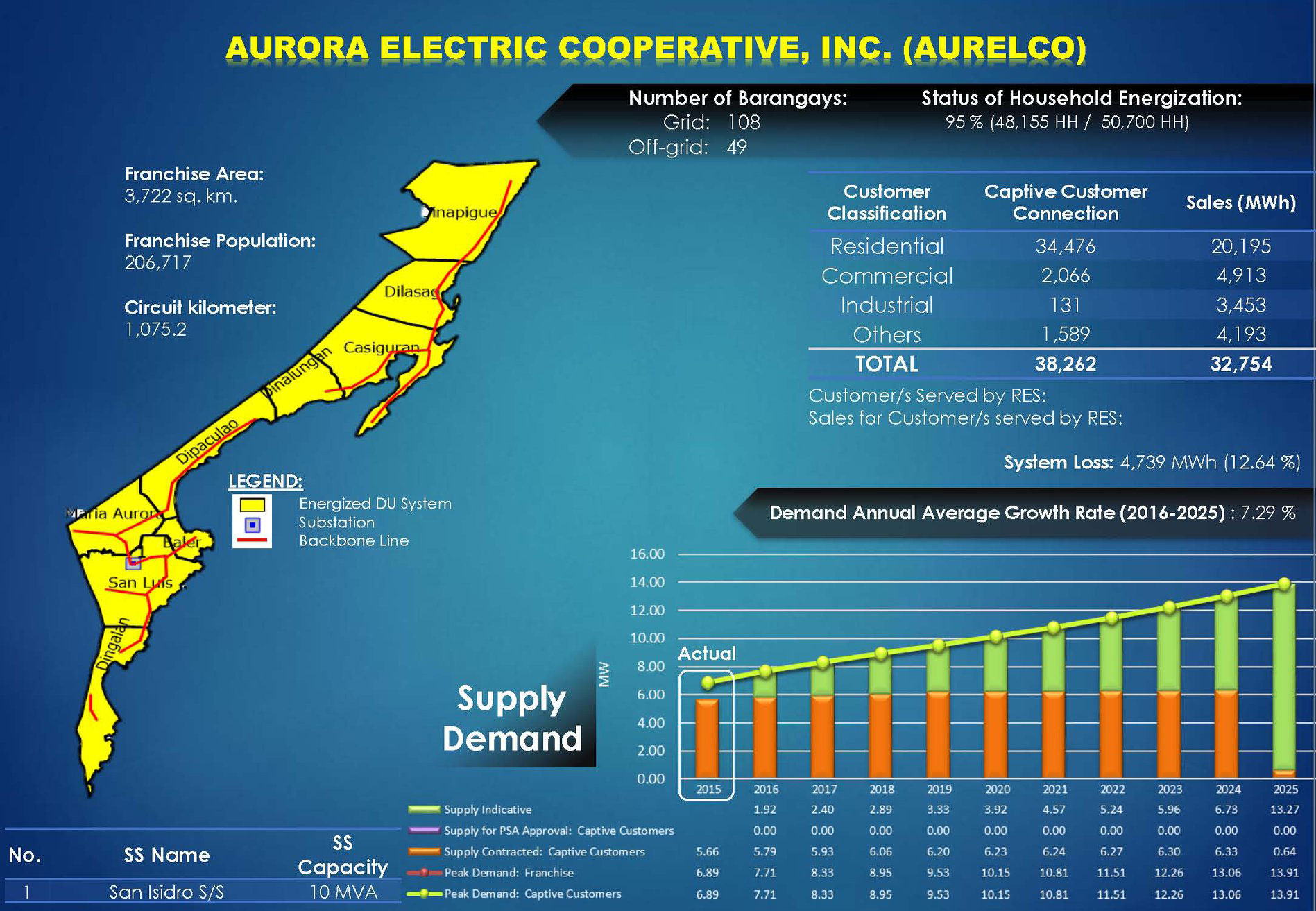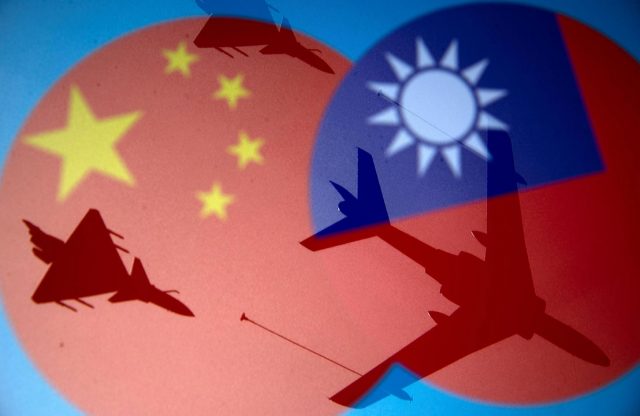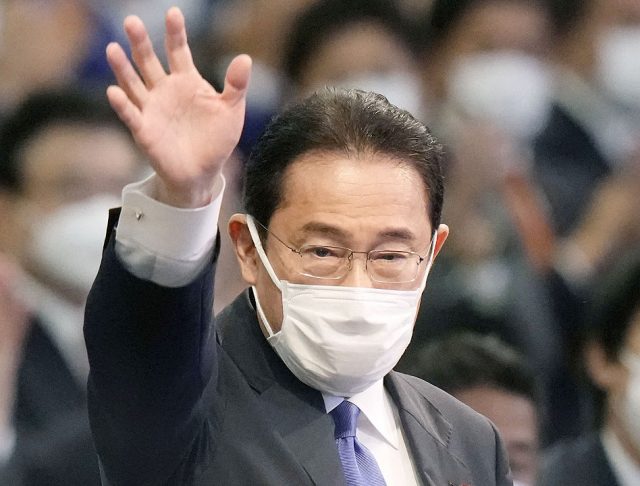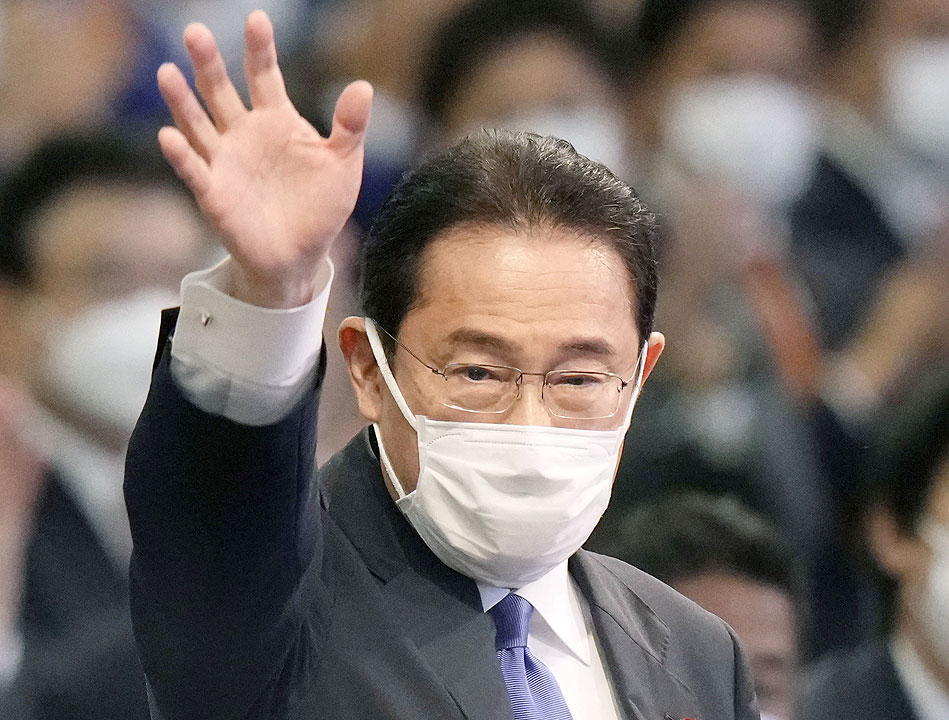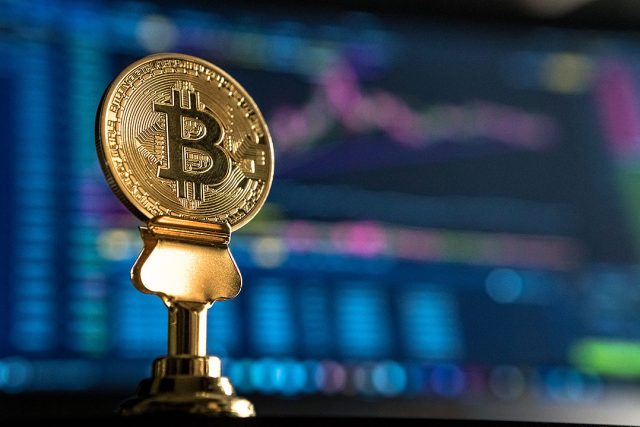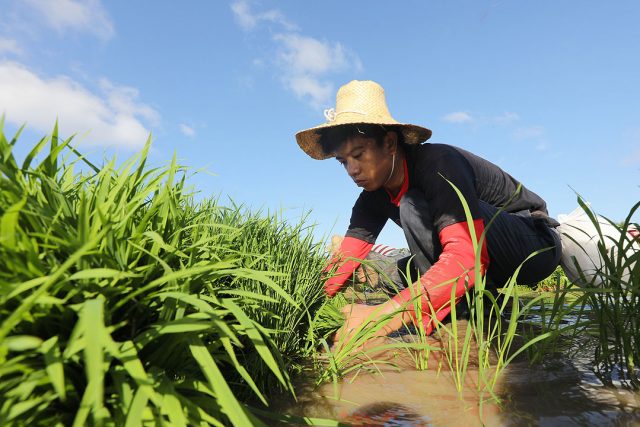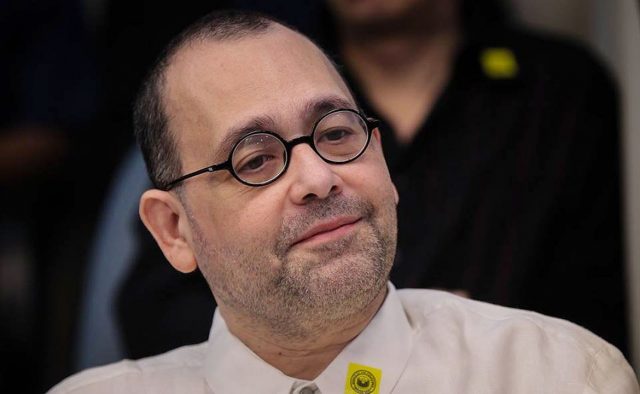The Philippine economy is set to grow this year at perhaps between 4% and 5%, breaking out of a deep contraction last year largely because of the economic lockdowns here and global economic recession, all due to COVID-19. If agriculture is going to make a significant contribution to economic recovery, it should recover its growth performance of several years back.
Recent data is not encouraging. Agricultural growth failed to contribute to the higher growth of the economy in the last decade. When the economy expanded faster until it became the second-best performer in East Asia after China, the growth disparity between GDP (gross domestic product; the monetary measure of the market value of all the final goods and services produced in a specific time period) and GVA (gross value added; the measure of the value of goods and services produced in an area, industry or sector) from the sector growth had widened. Agriculture was left behind.
It is not surprising that as the economy recovers this year and sustains higher growth in 2022, the sector will, as in the past, be left behind.
To reverse this trend, authorities may want to focus on realizing the comparative advantage of the agriculture and fisheries sector. In the 1960s, the agriculture’s share in total exports used to be 64%. Its contribution to GVA was 33%. In 2019, those figures dropped to 8% and 1.6% respectively.
Considering both exports and imports, the tradability of the sector fell from 38% in the 1960s to only 3.5% in 2019.
If the sector can increase its share in overall growth of the economy, the sector has just to expand its exports and imports. It has to become more open to the global economy. Economic performance correlates strongly with export performance, and robust export performance in turn correlates with more imports.
We had focused our attention on increasing productivity, investing significant amounts of public money to increase the yield of our rice farmers. The problem has been that we had overly concentrated on doing that on just the rice industry at the expense of the other commodities with great potential of increasing the sector’s exports. Rice, it’s true, had been our success story in exports in the 1970s. But that was only for a few years, and at their peak, was not that significant.
Our apparent mantra to relive our golden age in rice has come at the expense of falling export performance. We used to take pride in our coconut exports in the 1970s, but we lost that advantage to palm oil exports. It is concerning to note that agriculture-based exports accounted for only 7% of the total merchandise exports in 2018, 9% if we include processed foods and beverages.
I tried to estimate the value of forgone exports of the top 20 agricultural exports in the top 20 market destinations. We may have lost $230 million by not taking advantage of the strong growth of imports in our trading partners like the United States of products that we can supply. In fact, 65% of these potential exports forgone is accounted for by our agricultural exports to the US.
It is about time that as we continue to expand the productivity of our farmers and fisherfolk, we give more weight to expanding our exports, to realizing the comparative advantage of the sector in global markets.
FOOD SAFETY STANDARDS
There are many constraints to exports, but I want to focus on our failure to meet international food safety standards. Top 20 Philippine exports over the period 2014-2018 were benchmarked against the food safety measures applied by the country’s top export markets. Over the five-year period, the mean share of the top 20 commodities was nearly 3/4 of all such exports. The trading partners in turn, which include the East Asian countries, the EU, Australia, and the United States account for 91% of all export markets of these products of the country.
Food safety related measures comprise the bulk of all non-tariff measures on traded merchandise. World Trade Organization (WTO) member countries maintain their right to develop and adopt their own food safety regulations that provide their respective appropriate levels of protection. While different countries have different SPS standards, the Sanitary and Phytosanitary (SPS) Agreement strongly endorses the international standards set by the international standard setting bodies.
International benchmarking of agricultural exports is key to understanding overall export performance in these products. Failure cases or refusals at the border of the country’s exports is evidence of a weak capacity to conform to international standards. I examined the reasons for rejections of our agricultural exports going to three markets, Australia, the EU, and the United States.
In Australia, the cases of export rejections are traced to these products not meeting maximum residue limits (MRL) of non-microbiological substances; prohibited substances used in processing the food product; and aflatoxin incidence. Two SPS standards are at issue: MRLs and prohibited or restricted substances. For MRL, the SPS capacity in question involves the production and post-production processes resulting in the final products (dried fish and jute leaves). Enhancing the capacity in this area may entail improving the production processes and post-harvest/production handling, or providing wider access to testing laboratories for export-bound food products.
For prohibited or restricted substances, food exports are obligated to conform with the negative list of substances set by Australia. Most of the pertinent incidents identify processed foods that have had micronutrients (vitamins) added. While micronutrients may not be innately hazardous to health, the Australian standard does not permit the indicated product-micronutrient combinations. Unless the scientific legitimacy of prohibiting the substances in question has been challenged by the Philippines, the SPS issue then becomes an awareness problem. Providing relevant information in advance to food exporters on this Australian standard avoids incidents of failed food export inspections and allows time for exporters to adjust the product composition.
In the case of our exports to the European Union, 13 different product categories were reported in 83 cases of food safety alerts. The most affected export products are prepared dishes and snacks, accounting for almost 23% of all the cases. These processed foods were notified as health risks due mostly to their use of prohibited coloring additives and other substances. For soups, broths, sauces, and condiments, most of the issues are about the excessive levels of coloring additives and a carcinogenic chemical food contaminant.
The associated health risks for nuts, nut products, and seeds are mostly due to high levels of aflatoxin. The secondary reason is the undeclared use of coloring additives, which are all not authorized.
Risk notifications for fish and fish products were mostly because of damaged or defective packaging and inadequate temperature control while in transit or storage.
In the case of the US market, the import refusal charges can be organized into three general categories: adulteration, misbranding, and all others. Seven out of 10 import refusal charges were due to adulteration. Adulteration due to biological contaminants (pathogen or toxin) accounted for 14%. Chemical-related adulteration were 17% of all charges, and two-thirds of these pertain to use of color additives deemed unsafe.
Adulteration due to all other factors besides biological and chemical is the top reason for all import refusals, and the charge reads as: “article appears to consist of a filthy, putrid, or decomposed substance.” This represents almost 40% of all refusal charges and almost 41% of all adulteration charges.
Next to adulteration are charges related to labeling which cover both SPS and technical reasons. Out of 1,090 import refusal charges, 235 were due to the above labeling reasons. The most frequent labeling case is failure to declare the use of artificial coloring.
Other refusal charges outside of adulteration and misbranding solely refer to “no New Drug Application.” This applies to products that claim health and other therapeutic benefits.
The weak points or constraints of our country’s exports can be reversed by informing and assisting producers and exporters comply with the market standards of trading partners. International benchmarking to the world’s product and market standards would be an important assistance to exporters to expand their earnings, and to diversify the markets for the country’s top food and agricultural products.
If we want the sector to increase its growth by at least 1%, the authorities may perhaps focus their assistance to helping our agriculture and fishery exporters meet international food-safety standards.
Ramon L. Clarete Is a professor at the University of the Philippines School of Economics.

